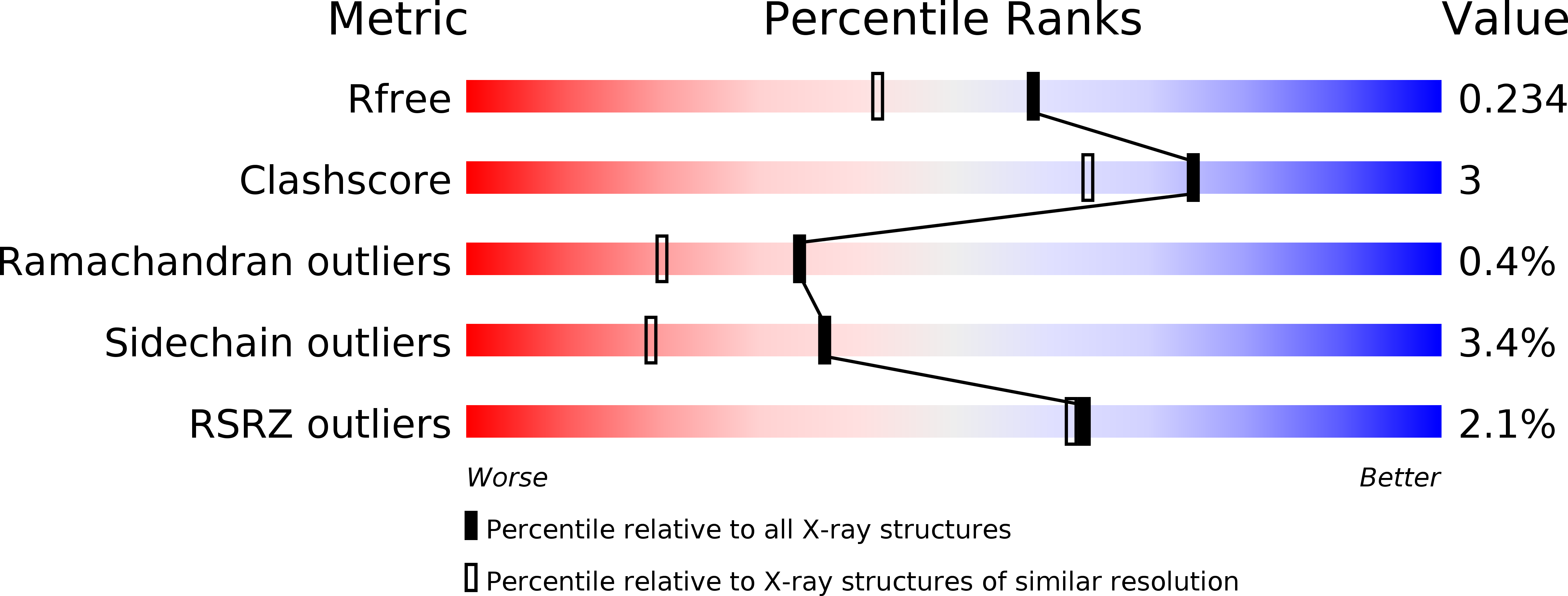
Deposition Date
2016-08-31
Release Date
2017-02-08
Last Version Date
2023-10-04
Method Details:
Experimental Method:
Resolution:
1.84 Å
R-Value Free:
0.23
R-Value Work:
0.16
R-Value Observed:
0.17
Space Group:
P 1


